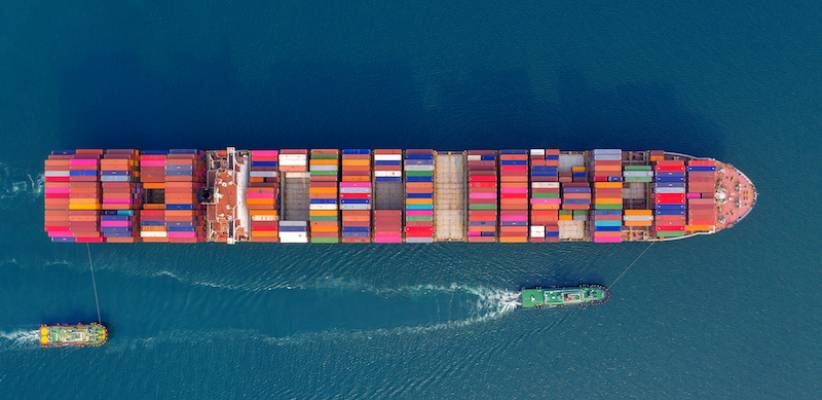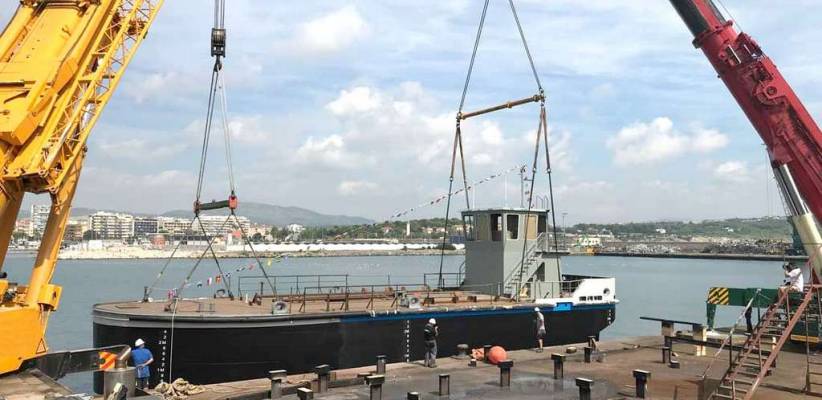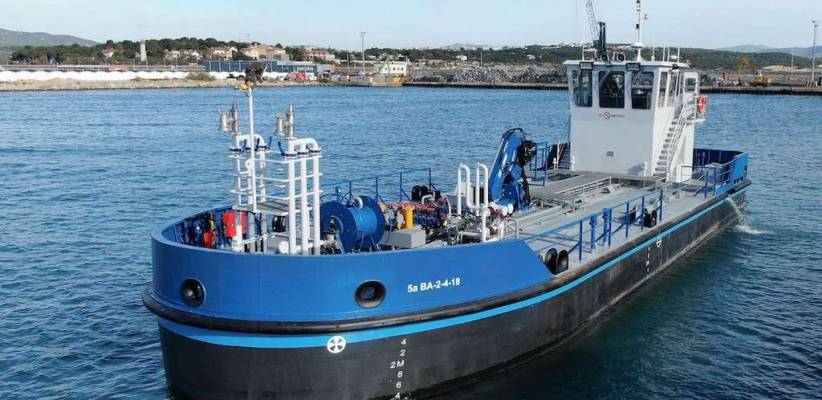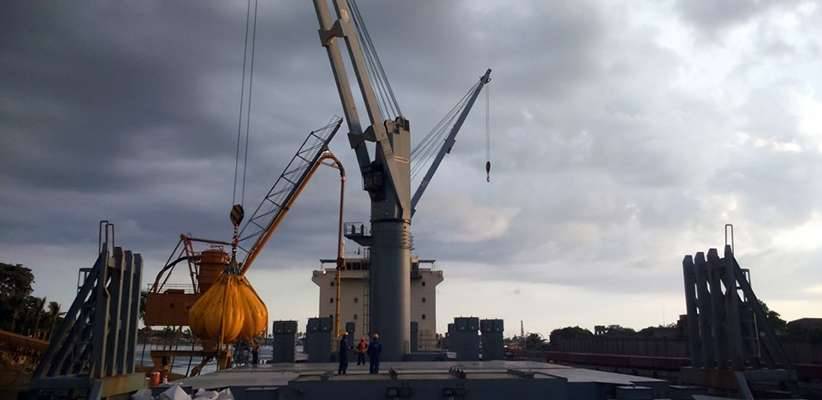Like all industries, the maritime sector is in the midst of an energy transition, facing the challenge of reducing the emissions of greenhouse gases and nitrogen oxides (NOx). Its efforts are constant: since January 1, the industry can no longer use fuels with a sulphur content greater than 0.5% and by 2050 it has committed to reducing its greenhouse gas emissions by 50% compared to 2008 levels.
To achieve this, the maritime industry has launched a search for alternative fuels that are cleaner to produce and less polluting during their combustion. We have already commented on the progress being made with ammonia as a clean ship fuel, and today we are going to talk about another of the favorite candidates to prevail as the dominant zero-emissions fuel: hydrogen.
Several ongoing projects are already working to make this gas the cleanest solution for naval vessels.
Norway, a pioneer country in hydrogen for maritime use
Norway is one of the countries that are betting the most on the use of hydrogen for the propulsion of ships. This year 2021, the Scandinavian country will put into operation an electric ferry powered by hydrogen that will connect the ports of Hjelmeland, Skipavik and Nesvik. It will have a capacity of 299 passengers and 80 cars and will save 4,000 tons / year of CO2 emissions into the atmosphere.
Furthermore, the Norwegian R&D agency is sponsoring a project for the development and construction of a hydrogen fuel supply vessel. With a cargo capacity of 9,000 m3, it will provide liquefied hydrogen supply services to merchant ships. This project will be key to determining the viability of the development of an international hydrogen supply chain.
Finally, also in Norway, a hydrogen fuel cell ship is being built for offshore construction and repairs. At 99 meters in length, it will be the largest hydrogen vessel in the world.
Other European marine hydrogen projects
There are other European initiatives focused on the use of hydrogen as a naval fuel.
In France, the world’s first commercial hydrogen-powered cargo ship in the world will start operating in Paris at the end of the year. The ship will move pallets and containers up the Seine River and will run on compressed hydrogen produced by electrolysis.
Along the same lines, the Port of Antwerp, in Belgium, has ordered the construction of the first hydrogen-powered tugboat.
In Spain, the Port of Malaga has already announced the installation of hydrogen stations for ships and land vehicles. Carlos Rubio, president of the Malaga port, highlights that “green hydrogen is going to be a key element in the energy transition process, because it adapts very well to the port environment.“
On its part, the also Spanish Soermar Foundation and Technological Center is carrying out a feasibility study in which analyses the possibility of implementing a set of production and storage of green hydrogen that feeds a fuel cell for the generation of energy that covers part of the shipyards’ energy demand.
This is how hydrogen-powered ships work
Hydrogen is made by electrolysis or breakdown of the water molecule, a process that uses electricity to separate hydrogen from oxygen. If that electricity comes from renewable sources, then we can speak of green hydrogen, because in its production process only water vapor is emitted.
Hydrogen-powered ships need a hydrogen storage system and a fuel cell. Stored hydrogen is introduced into the fuel cell and, together with the oxygen captured from the air, it produces electrical energy that is used to move the ship. In most cases, this system only reduces the ship’s load capacity by a maximum of 5%.
The beginning of the end for fossil fuels
The dominant fuel in today’s fleets is heavy fuel oil, also called marine diesel oil. The least polluting option is liquefied natural gas (LNG), but it is currently used by only about 500 ships throughout Spain.
In both cases they are fossil fuels whose combustion emits carbon dioxide (CO2) into the atmosphere. CO2 is the main culprit in global warming. Additionally, heavy fuel oil and LNG also emit other gases that are harmful to health, such as nitrogen oxides (NOx), sulphur oxides (Sox) and solid particles.
It is estimated that ships are responsible for approximately 3% of CO2 emissions caused by human activity globally. If the shipping industry were a country, it would be the ninth largest greenhouse gas emitter in the world. In Spain, ships emit more CO2 than all the vehicles in the 30 largest cities in the country combined.





